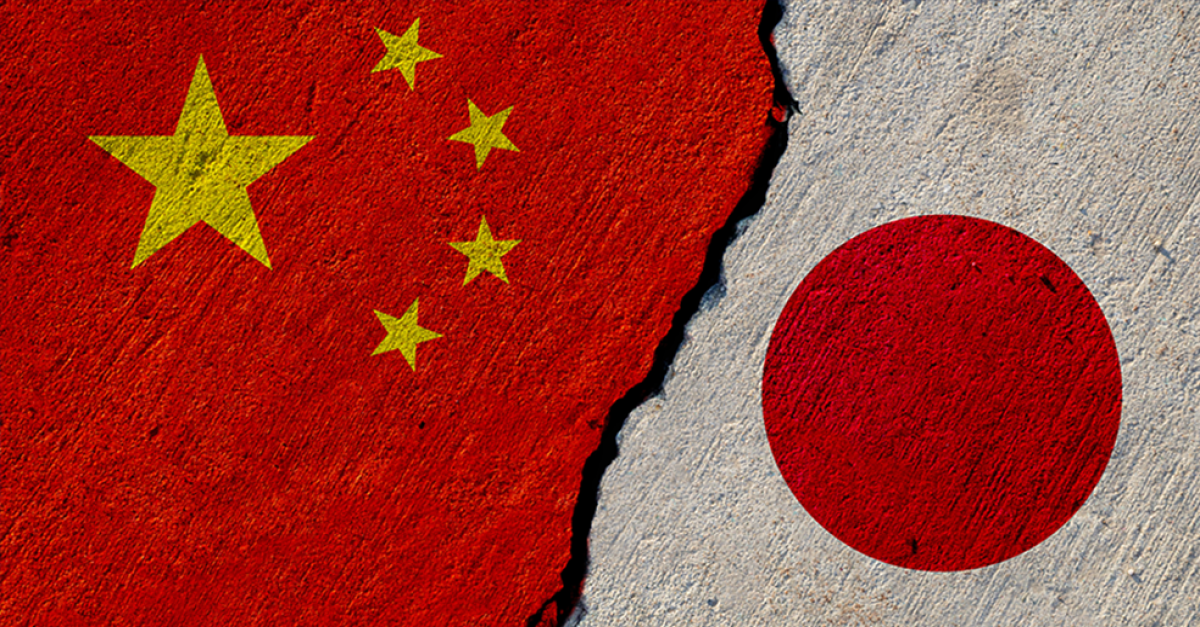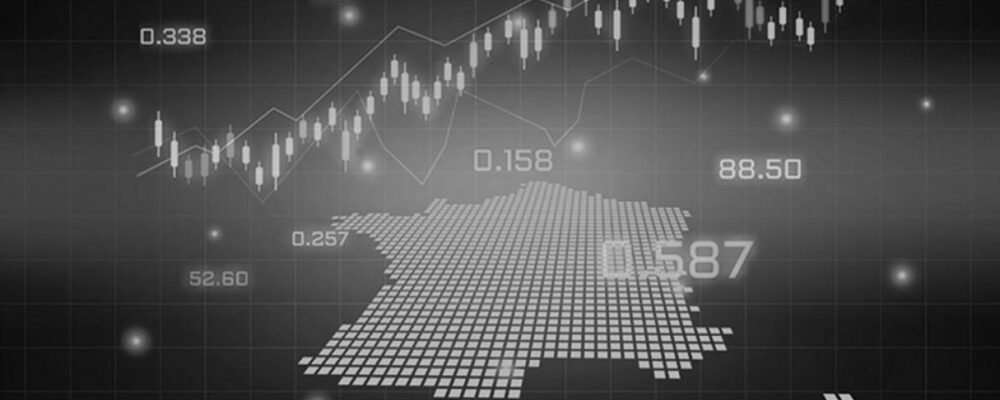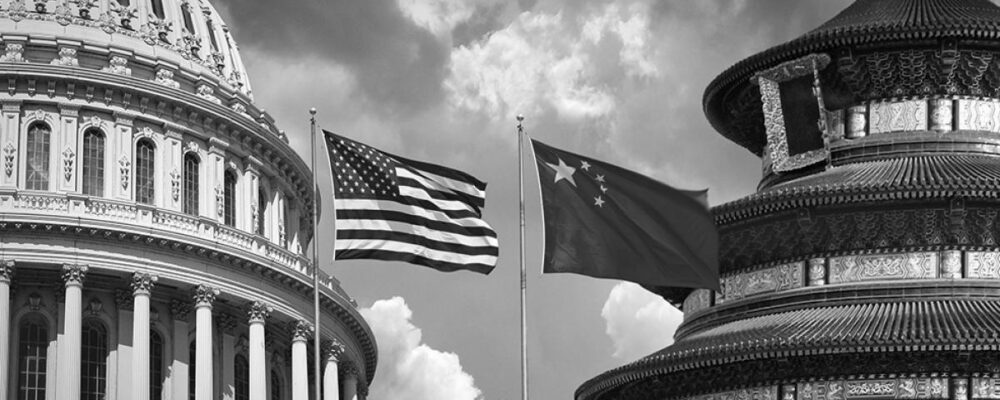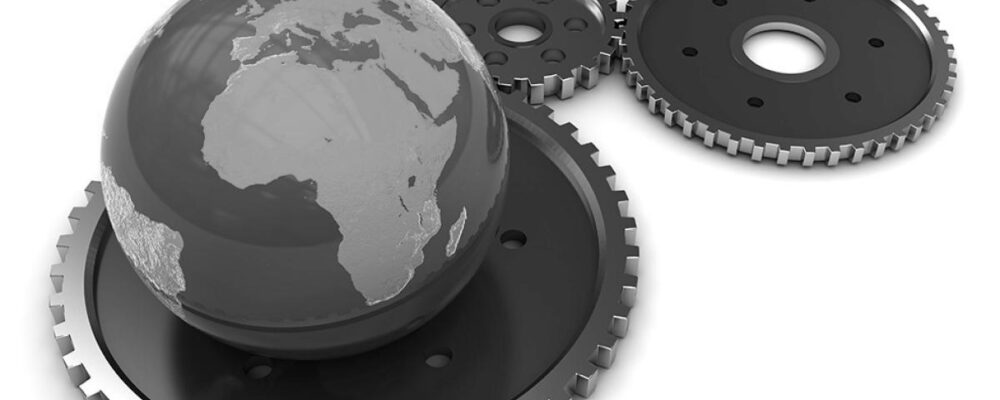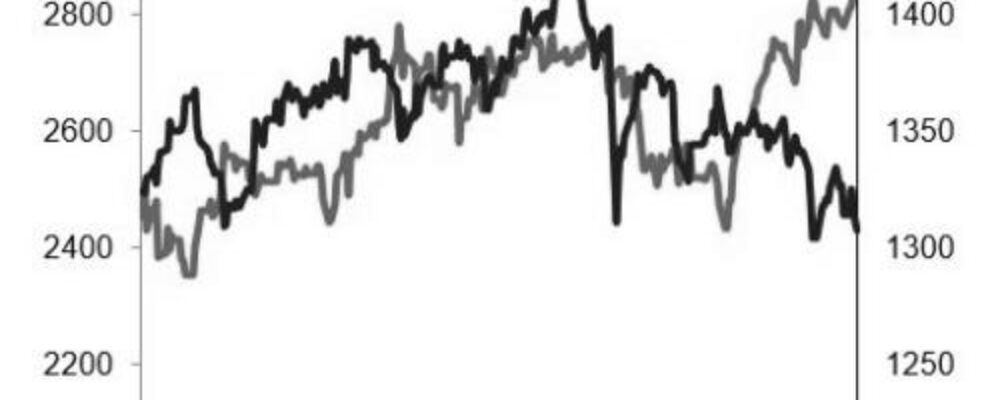Before reaching its turning point in the 1990s, Japan had gone through a period of strong growth driven by exports and efforts to move up the value chain (known as the “flying geese” model), high investment and savings rates, and bank-led rather than market-led financing. At its peak in 1988, Japan accounted for 9.8% of global exports. Apart from a slight upturn in the mid-1990s, helped by the depreciation of the yen, the country has never again accounted for such a large share of export markets. In 2022, it accounted for just 3.2% of world exports. China shows similar characteristics: its share of global exports grew from 4.1% in 2001 (the year it joined the WTO) to 19% in 2021. This fell to 16.1% in 2022, mainly as a result of public health restrictions that led to blockages at Chinese ports, but is still very high. However, it probably reached its peak in 2021. It remains to be seen whether China will continue to dominate global trade or lose market share as new competitors emerge.
But modern-day China today is not 1990 Japan
China is not 1990s Japan, and this is both an advantage and a problem. On the plus side, there are three fundamental differences between the two countries: China’s real estate crisis is not accompanied by other speculative asset bubbles; the risk of bank failures is limited and the Chinese authorities have the means to shore up the most vulnerable banks (particularly regional banks) if necessary; and China’s financial account is still very closed, protecting the country not only from capital movements but also from foreign exchange pressures. This gives it more room for manoeuvre in how it manages economic policy. For example, exchange rate controls mean China’s central bank can intervene to maintain price competitiveness at times when foreign trade is slowing.
Conversely, China’s level of development and wealth – and therefore its resilience – is much lower, ultimately exposing it to harsher scenarios. In the early 1990s, Japan’s GDP per capita in 2015 constant dollars was already $28,915, compared with only $11,500 for present-day China. In other words, Japan was already a high-income economy, whereas China is still a middle-income economy. China thus risks remaining stuck in what economists call the middle-income trap, which is when most of a country’s population is unable to achieve middle-class status. While China has succeeded in overcoming extreme poverty, around 600 million Chinese people are still living on less than $150 a month. China’s development model also constrains wage growth. By choosing to participate in global trade based on price competitiveness, China is forced to make a trade-off: either it can move its economy up the value chain to create more added value, develop non-price competitiveness and thus have more leeway to increase wages, or it can stick with pure price competitiveness, slowing not only wage growth but also currency appreciation.
Lessons from Japan
However, there are some lessons China can learn from Japan so as to avoid making the same mistakes. The first is that, during economic downturns, when growth and inflation expectations become unanchored, it’s vital that the authorities communicate about economic policy. The main purpose of such communication is to improve the predictability and coordination of economic agents, particularly as regards their investment decisions.
The second lesson is to prevent commercial banks from having to shoulder the entire burden of deleveraging the real estate sector so as to maintain their ability to lend. Here it makes less sense to draw a parallel between the Japanese and Chinese systems. Since China’s main banks are publicly owned, it is the state that acts as lender of last resort and has the power to organise the resolution of struggling banks, as it has done in the past by setting up bad banks to manage non-performing assets.
The third lesson to be learned from Japan is the need to be very careful when implementing wage control policies so as to prevent a downward wage-price spiral. In Japan, upward pressure on the yen from the US put the brakes on wage growth as companies sought to prevent their price competitiveness from being eroded by exchange rates.
Is Japanification a lesser evil than other, harsher scenarios?
Although these parallels may be compelling and there are lessons that can be learned, the nature of China’s regime and the closing of ranks around the Communist Party and its leader Xi Jinping mean China will never be completely like the Japan of either the 1990s or today. Though it did not emerge unscathed from its “Lost Decade”, the Japanese economy did have one advantage that China still lacks: a domestic market of consumers with high purchasing power – a market which, although mature, spared Japan an even more violent correction in its growth. The concept of growth is a recent one in China; what the country must avoid is a return to the kind of stagnation that prevailed until 1979, before Deng Xiaoping kicked off reforms to open up the economy. By asserting that he is working to curb the excesses of capitalism – whether “capitalism with Chinese characteristics” or otherwise – including the emergence of large privately owned groups capable of rivalling state power (Alibaba, Tencent, etc.) and mounting inequalities, Xi Jinping has set aside the goal of prosperity for all implied by China’s new social contract. But putting the Party at the centre of economic life did not allow Maoist China to take off, quite the contrary. That’s why 1990s Japan cannot, in the end, be compared with present-day China: while the outward economic signs may be similar, the political environment is very different. And it’s the latter that will determine how much priority is given to the economy versus the many other demands facing a country like China, which must also balance the need for stability and power. We can expect further tough times ahead for the Chinese economy.
“Crédit Agricole Group, sometimes called La banque verte due to its historical ties to farming, is a French international banking group and the world’s largest cooperative financial institution. It is France’s second-largest bank, after BNP Paribas, as well as the third largest in Europe and tenth largest in the world.”
Please visit the firm link to site


